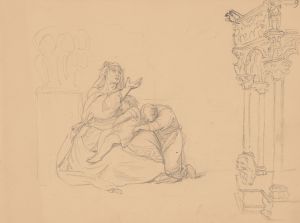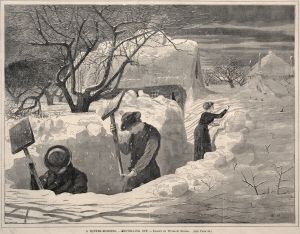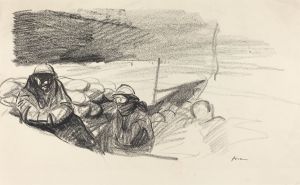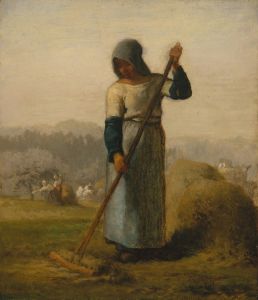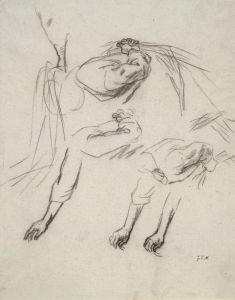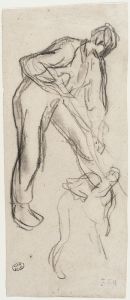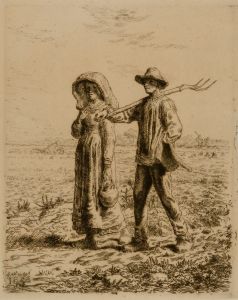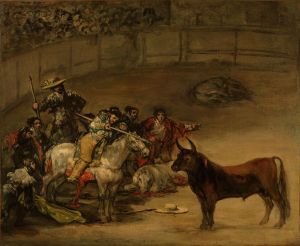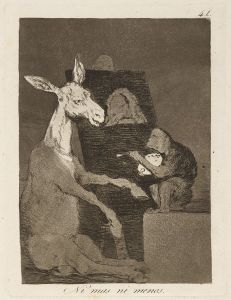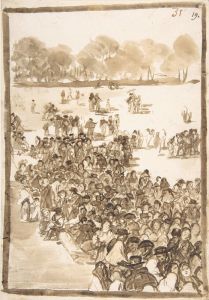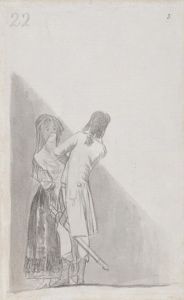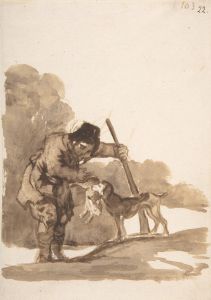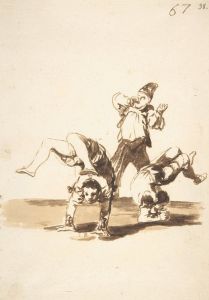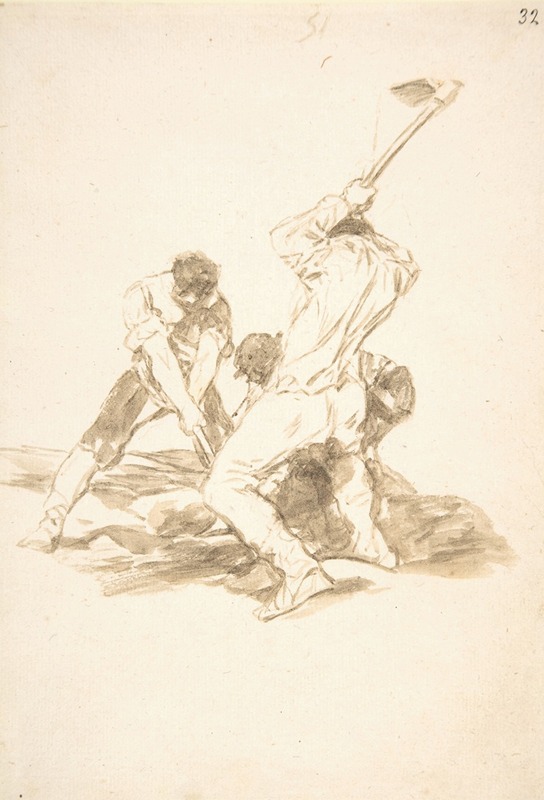
Three men digging
A hand-painted replica of Francisco de Goya’s masterpiece Three men digging, meticulously crafted by professional artists to capture the true essence of the original. Each piece is created with museum-quality canvas and rare mineral pigments, carefully painted by experienced artists with delicate brushstrokes and rich, layered colors to perfectly recreate the texture of the original artwork. Unlike machine-printed reproductions, this hand-painted version brings the painting to life, infused with the artist’s emotions and skill in every stroke. Whether for personal collection or home decoration, it instantly elevates the artistic atmosphere of any space.
Francisco de Goya, a prominent Spanish painter and printmaker, is renowned for his profound influence on the art world, particularly during the late 18th and early 19th centuries. However, there is no widely recognized painting titled "Three Men Digging" attributed to Goya. It is possible that the title may refer to a lesser-known work, a misattribution, or a misinterpretation of one of his existing pieces. Goya's extensive body of work includes paintings, drawings, and prints that often explore themes of social injustice, war, and human folly, reflecting the turbulent times in which he lived.
Goya's career began in the Rococo style, but he later developed a more personal and expressive approach. His early works include tapestry designs for the Royal Tapestry Factory in Madrid, which depicted scenes of everyday life with a light-hearted and decorative touch. As he matured as an artist, Goya's style evolved, and he began to address more serious and somber themes.
One of Goya's most famous series is "Los Caprichos," a set of 80 etchings published in 1799. These works critique the social and political issues of his time, using satire and allegory to comment on the corruption and folly he observed in Spanish society. Goya's ability to capture the complexities of human nature and his keen observation of societal flaws are evident in these etchings.
Another significant period in Goya's career was during the Peninsular War (1808-1814), when he created a series of prints titled "The Disasters of War." These works depict the brutal realities of conflict and the suffering it brings to both soldiers and civilians. Goya's unflinching portrayal of the horrors of war marks a departure from the glorified depictions common in earlier art and highlights his role as a precursor to modernist movements.
In addition to his prints, Goya is celebrated for his paintings, such as "The Third of May 1808," which commemorates the Spanish resistance to Napoleon's armies. This painting is noted for its dramatic use of light and shadow, as well as its emotional intensity, capturing the fear and defiance of the Spanish people.
Goya's later years were marked by a series of dark and enigmatic works known as the "Black Paintings." These murals, painted directly onto the walls of his home, reflect his increasingly pessimistic view of humanity and the world. The "Black Paintings" are characterized by their haunting imagery and somber tones, offering a glimpse into Goya's troubled psyche.
While there is no specific information available about a painting titled "Three Men Digging" by Francisco de Goya, his extensive oeuvre continues to be studied and admired for its technical mastery and profound exploration of human nature. Goya's legacy endures as a pivotal figure in the transition from the Old Masters to modern art, influencing countless artists who followed in his footsteps.





